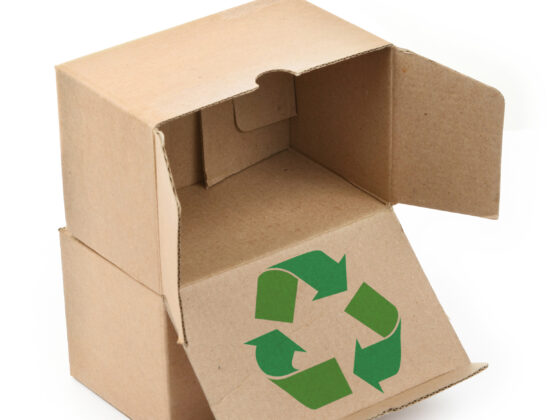The History and Evolution of Corrugated Cartons
The History and Evolution of Corrugated Cartons https://bloompack.com/wp-content/uploads/2023/01/corrugated-rolls.jpg 600 450 BloomPack //bloompack.com/wp-content/uploads/2021/08/Bloompack-final-logo.pngCorrugated cartons have played a pivotal role in the world of packaging for well over a century. These unassuming containers have evolved from their humble beginnings into the versatile and essential packaging materials we rely on today. In this blog, we’ll take a journey through time to explore the History and Evolution of Corrugated Cartons.

Origins in the Mid-19th Century
The story of corrugated cartons begins in the mid-19th century, a time of burgeoning industrialization and innovation. London merchant Henry Wright is credited with a significant breakthrough when he invented a machine capable of producing corrugated paper. Wright’s invention marked the first step in the evolution of corrugated cartons as we know them today.
Wright’s machine utilized pressure to create a distinctive wavy, corrugated pattern in a sheet of paper. This pattern had a transformative effect on the paper, endowing it with increased strength and durability. The corrugated paper soon found applications beyond what Wright might have initially envisioned.
The Early Uses
Initially, corrugated paper was primarily used for lining men’s tall hats, providing a stiff structure and a stylish finish. However, as the advantages of corrugated paper became more apparent, its applications expanded rapidly.
In the late 19th century, manufacturers began to recognize the potential of corrugated paper for packaging purposes. The unique combination of strength, flexibility, and cost-effectiveness made corrugated cartons an attractive choice for protecting goods during transportation.
The Rise of Corrugated Cartons in Packaging
As the 20th century dawned, corrugated cartons started to gain traction in the packaging industry. Their durability and versatility made them ideal for shipping a wide range of products, from food to machinery. The ability to customize cartons to fit different shapes and sizes further fueled their popularity.
During World War II, corrugated cartons played a critical role in the war effort. They were used for shipping essential supplies to troops overseas and ensuring that these supplies arrived in pristine condition. This wartime use highlighted the reliability of corrugated cartons and further solidified their position in the packaging industry.
Technological Advancements
The mid-20th century brought about significant technological advancements in corrugated carton production. Innovations in printing and manufacturing processes allowed for more intricate and colorful designs on cartons, making them not just practical but also visually appealing.
In the latter half of the 20th century, environmental concerns prompted changes in the industry. Recycling and sustainable practices became a focus, leading to the development of recyclable and biodegradable corrugated cartons. This commitment to sustainability has continued to shape the industry in the 21st century.
Corrugated Cartons Today
Today, corrugated cartons have evolved into an indispensable part of the packaging landscape. Their use extends far beyond protecting goods during transit; they are also employed in marketing, branding, and even artistic endeavors. Custom-printed corrugated cartons can be seen as an effective marketing tool, creating memorable unboxing experiences for consumers.
Furthermore, corrugated cartons have adapted to the e-commerce boom, serving as the primary means of shipping goods purchased online. Their recyclability and strength make them an eco-friendly choice in a world increasingly conscious of sustainability.
Conclusion
The history and evolution of corrugated cartons exemplify the power of innovation and adaptation. From their modest origins in 19th-century London to their current status as an essential component of the packaging industry, corrugated cartons have demonstrated their enduring value. As we move forward, it’s certain that these unassuming containers will continue to evolve and find new applications in an ever-changing world of packaging.



